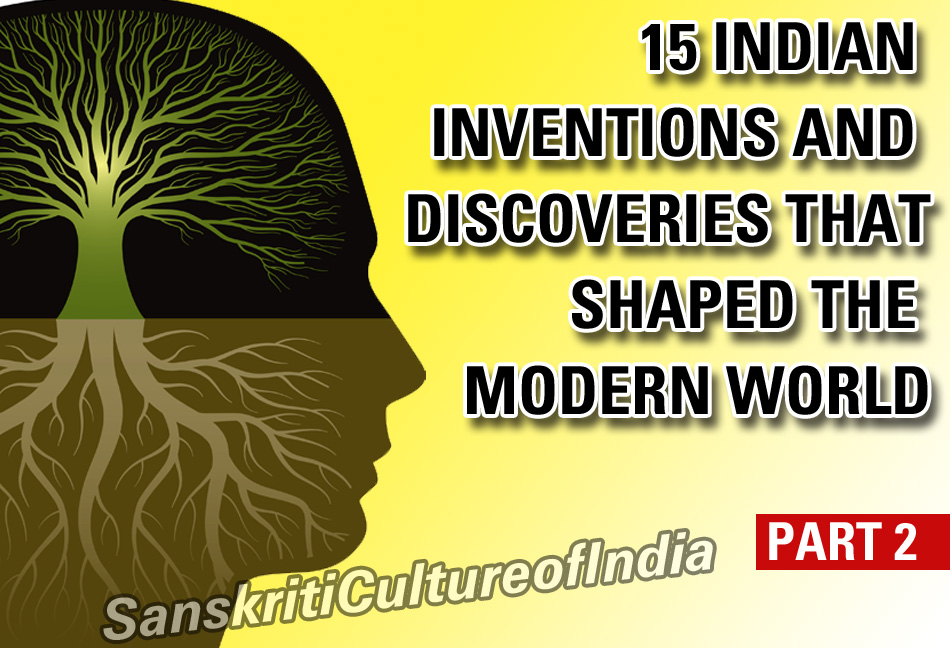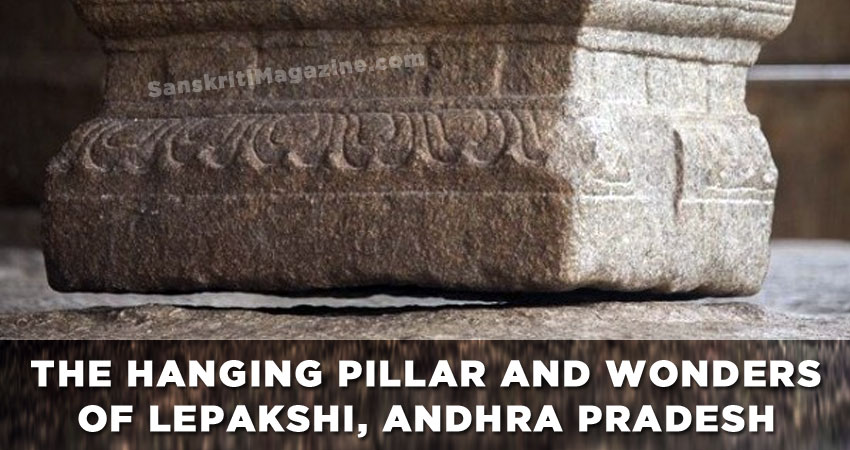In the first part of this series, I explained how Indian genii taught us to count, how they clothed us, shaped our philosophy and gifted us modern steel. In part two of this series, I will highlight five further extraordinary Indian contributions to the modern world:
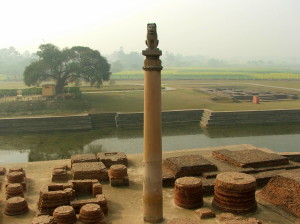 5. Ancient Democracy:
5. Ancient Democracy:
The ancient republic of Athens has long been considered the oldest non-tribal, organised democracy in the world. During the modern era, racially motivated European ‘historians’ distorted or simply re-wrote significant Indian and colonial historical achievements, from pettily changing the date of the life and death of the revered Gautama Buddha, the founder of Buddhism, to make it appear as if he lived after Pericles and Socrates, to omitting known references to the existence of ancient Indian republics, known as Gana-Sangha (equal assembly), or Gana-Rajya (equal government).
In the same vein, the history of the ancient Indian republic of Vaishali, which dates back to 600 BCE – almost a century before the institution of Athenian republican democracy – was also ‘adjusted’ to support colonial propaganda of the day. Ironically, Ancient Greece itself demonstrated significant respect and attraction towards India and its achievements, but the legacy of modern-era colonial propaganda in this and many other facets of our collective history, remain with us to this day.
Through such chronological manipulations, the threat that the Indian past presents to the Greek miracle [as postulated by European supremacists] is defused by chronology.
~ Thomas McEvilley.
Another completely distinct and more widely known ancient form of Indian democracy is the localised ‘panchayat’ system, which literally means an ‘assembly of five’ wise and respected elders. Unlike ancient Indian city and state-level republics, panchayats started as a form of localised grassroots democracy more than three thousand years ago, have survived the rise and fall of repeated conquests and empires, and are still a central feature of India’s modern democratic apparatus.
India was the mother of..village communities of self-government and democracy.
~ Will Durant.
 6. Water on the Moon:
6. Water on the Moon:
One of Independent India’s most notable contributions to modern space exploration occurred between 2008 and 2009, with Chandrayaan-1, the Indian Space Research Organisation’s (ISRO) first dedicated lunar mission.
ISRO’s Polar Satellite Launch Vehicle (PSLV) carried both ISRO and NASA instruments, of which the Indian ‘Moon Impact Probe’ first detected the presence of lunar water. This was achieved three months before NASA’s ‘Moon Mineralogy Mapper’ (also part of Chandrayaan-1) made the same breakthrough, to which the discovery of lunar water is often attributed.
We want to thank ISRO for making the discovery possible. The moon till now was thought to be a very dry surface with lot of rocks.
~ Jim Green, NASA Director.
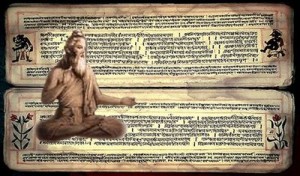 7. Einstein’s Quantum Statistics:
7. Einstein’s Quantum Statistics:
The scientifically advanced Germans have long been considered to be some of the world’s most ardent Indologists.
It [The Upanishads] is the most satisfying and elevating reading which is possible in the world; it has been the solace of my life and will be the solace of my death.
~ Arthur Schopenhauer.
Prominent German genii from Albert Einstein to the Nazi scientists and inventors who later migrated to the United States or USSR, were eager students of Indian texts such as the remarkably advanced Upanishads. Such texts were often referenced during the 20th Century race to create nuclear technology, space rockets, jet engines and even mind control technologies, all of which are examined in India’s ancient texts.
India – the land of Vedas, the remarkable works contain not only religious ideas for a perfect life, but also facts which science has proved true. Electricity, radium, electronics, airship, all were known to the seers who founded the Vedas.
~ Wheeler Wilcox.
Like many Indian inventors before him, the 20th Century Bengali scientist Satyendra Nath Bose is one of modern science’s unheralded heroes. His work provided the foundations for quantum statistics, which were later endorsed, developed and published by Einstein; the 2001 Nobel Prize for physics was awarded to German and US scientists for their study of condensates, which was in fact first conducted by – and even named after – Bose; the widely covered ‘God Particle’, the Higgs-Boson, is deservedly known to be attributed to Peter Higgs, the British genius behind the Higgs particle. The other, less well known half of the Higgs-Boson is named yet again after Bose, for his ground-breaking contributions to particle physics.
Gravitation was known to the Indians before the birth of Newton. The system of blood circulation was discovered by them centuries before Harvey was heard of.
~ P. Johnstone
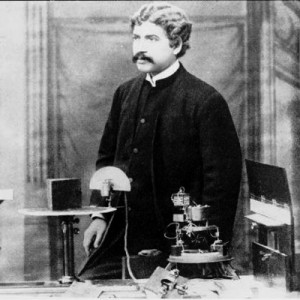 8. Radio/Wireless Communication:
8. Radio/Wireless Communication:
Guglielmo Marconi has for long been credited as the inventor of wireless radio communication. He subsequently received the 1909 Nobel Prize in Physics for contributions to the development of wireless telegraphy.
The first public demonstration of the use of radio waves for communication, however, was made by an Indian scientist, Jagadish Chandra Bose. Bose first demonstrated the use of radio in Calcutta, in 1895, two years before a similar demonstration by Marconi in England. More than a century after the feat, Bose has been belatedly credited for his achievement.
Bose’s revolutionary demonstration forms the foundation of the technology used in mobile telephony, radars, satellite communication, radios, television broadcast, WiFi, remote controls and countless other applications that play a central role in our daily lives.
The inventor (J.C. Bose) has transmitted signals to a distance of nearly a mile and herein lies the first and obvious and exceedingly valuable application of this new theoretical marvel.
~ The Daily Chronicle, England, 1896
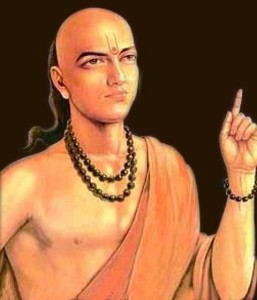 9. The ‘Zero’ (0):
9. The ‘Zero’ (0):
Little needs to be written about the ‘zero’, one of the most important inventions of all time. This mathematical digit and concept also has a direct link to the ancient philosophy of ‘nothingness’, and is one of many examples of the intermeshing of science and mathematics with spirituality and philosophy in ancient India.
In the whole history of mathematics, there has been no more revolutionary step than the one which India made when they invented zero.
~ Lancelot Hogben.
Other critical branches of mathematics such as Calculus, attributed to Isaac Newton and Gottfried Leibniz, were developed to an almost identical formula by Indian mathematicians, hundreds of years before Newton & Leibniz’s findings. Similarly, the Pythagorean-theorem had been developed in India a century before an almost identical revelation in Greece.
The study of mathematics in the West has long been characterized by a certain ethnocentric bias, a bias which most often manifests not in explicit racism, but in a tendency toward undermining or eliding the real contributions made by non-Western civilizations. The debt owed by the West to other civilizations, and to India in particular, go back to the earliest epoch of the “Western” scientific tradition, the age of the classical Greeks, and continued up until the dawn of the modern era, the renaissance, when Europe was awakening from its dark ages..
Due to the legacy of colonialism, the exploitation of which was ideologically justified through a doctrine of racial superiority, the contributions of non-European civilizations were often ignored, or, as George Ghevarughese Joseph argued, even distorted, in that they were often misattributed as European.
~ Dr. David Gray
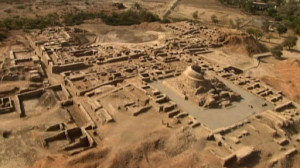 10. Complex Hydraulic Engineering:
10. Complex Hydraulic Engineering:
Since the time of the Indus Valley civilisation over 5,000 years ago, and until the onset of the European colonial era in the recent past, India had created and sustained a vast and highly advanced network of canals, along with intricate irrigation, water management and sewage systems. These sewage systems were so advanced that they were designed to automatically self-clear systems blockages, as well as account for smell and odour. The world’s first flush toilets were also in use in India over 3,000 years ago, and were a feature of most homes in the Indus Valley Civilisation – the largest ancient civilisation in the world.
According to American author of historical revisionism, David Hatcher Childress, ancient India’s plumbing-sewage systems were so sophisticated that they are still superior to those of many developing countries today. Large public baths were also in existence in the Indus Valley Civilisation, thousands of years before the creation of similar Roman baths.
A wonder to modern-day researchers, the cities [were] highly developed and advanced. A remarkable early example of city planning.
~ David Hatcher Childress
A system of canals similar to those created by Isambard Kingdom Brunel in the 19th Century – although infinitely larger and more complex – existed in India for thousands of years, and was the lifeblood of what was, for the majority of recorded human history until the colonial era, the world’s largest economy.
Edmund Burke, a prominent British supporter of American revolutionaries and the philosophical father of the modern Conservative party, repeatedly condemned the damage that British dominion had done to India, and specifically pointed to the callous ruination of painstakingly built Indian reservoir systems which had succeeded for thousands of years in keeping dry regions fertile, and India’s people self sufficient, nourished, and prosperous.
In the happier times of India, a number almost incredible of reservoirs have been made in chosen places throughout the whole country. There cannot be in the Carnatic and Tanjore [alone] fewer than ten thousand of these reservoirs of the larger and middling dimensions.
~ Edmund Burke
~ Abhaey Singh

